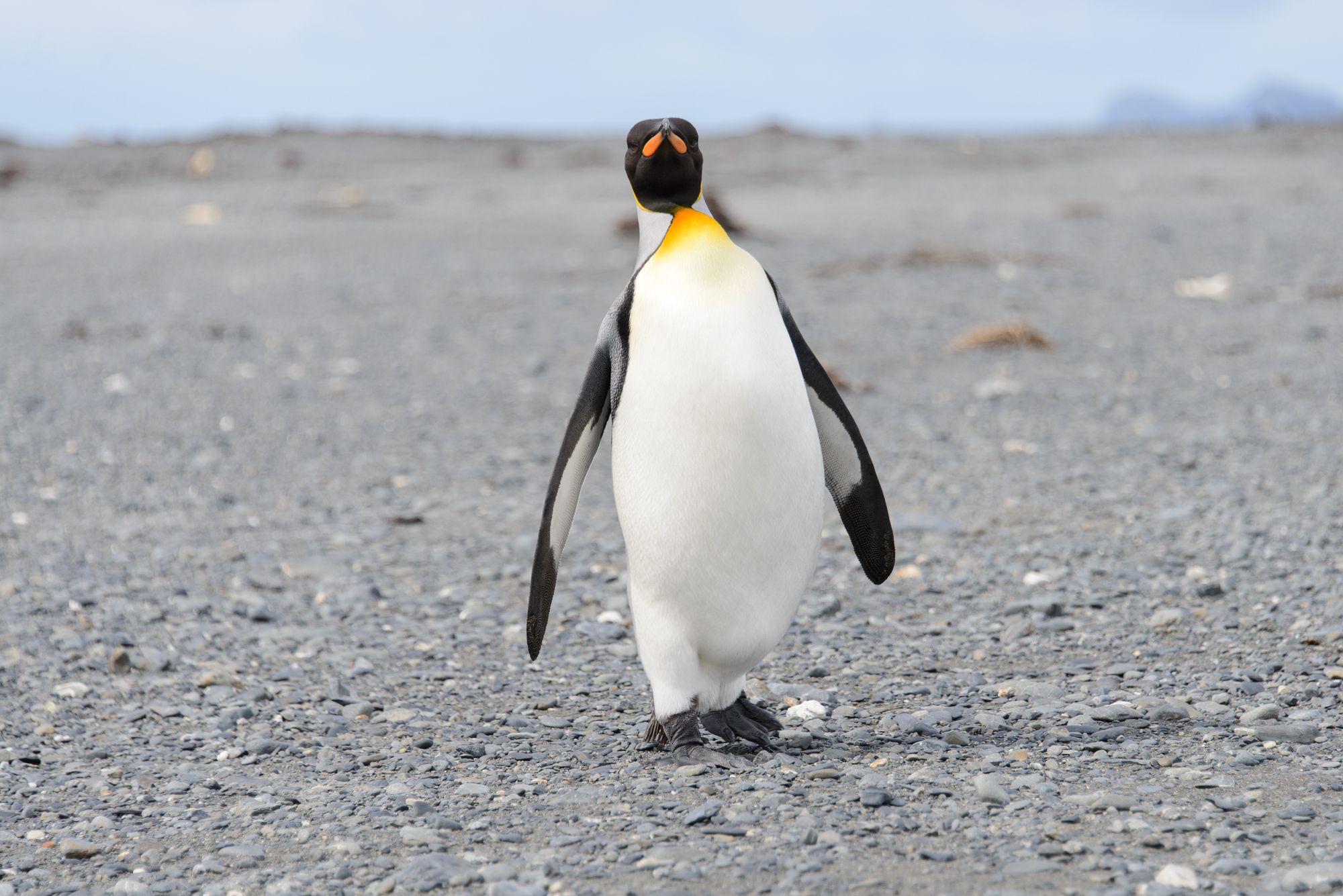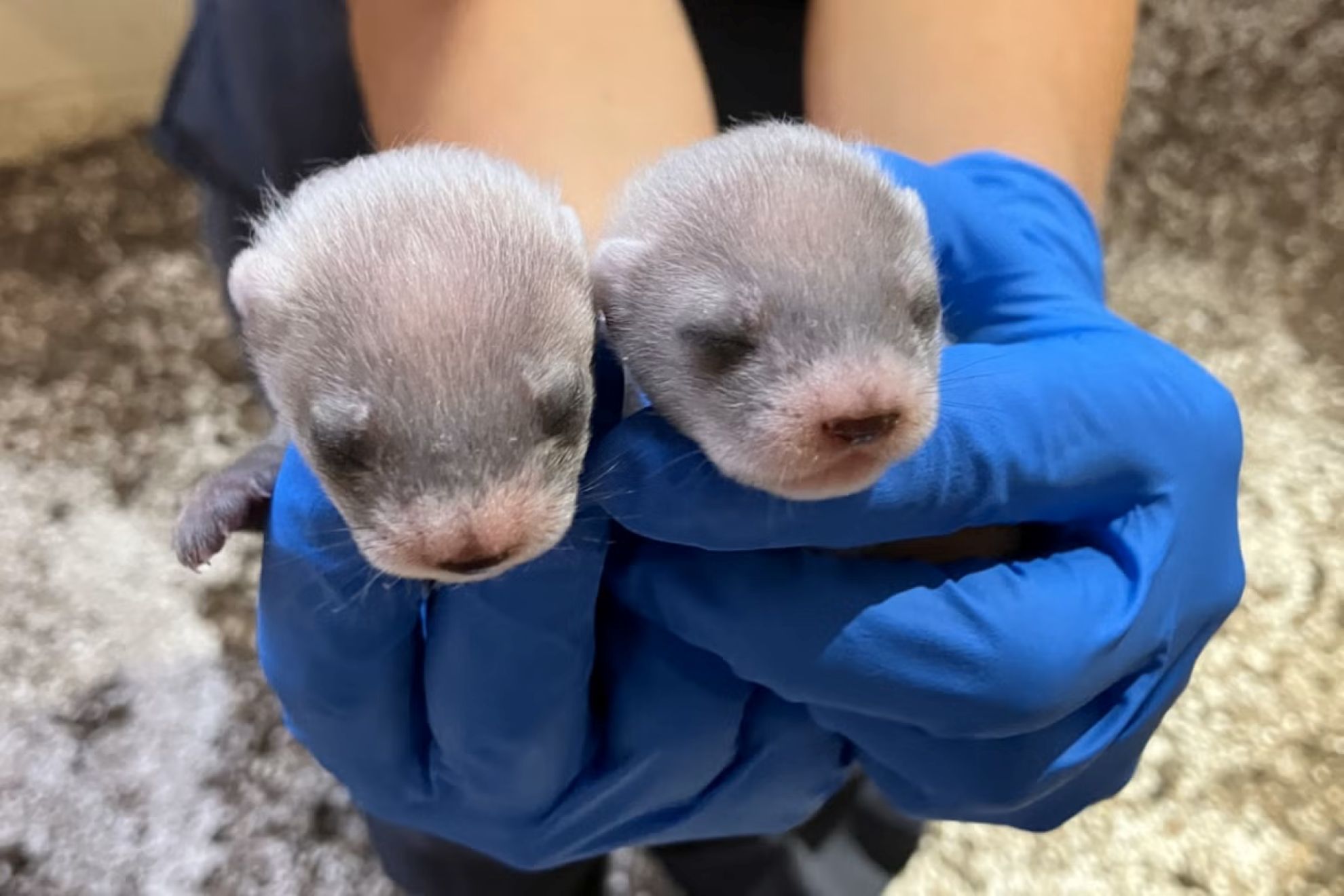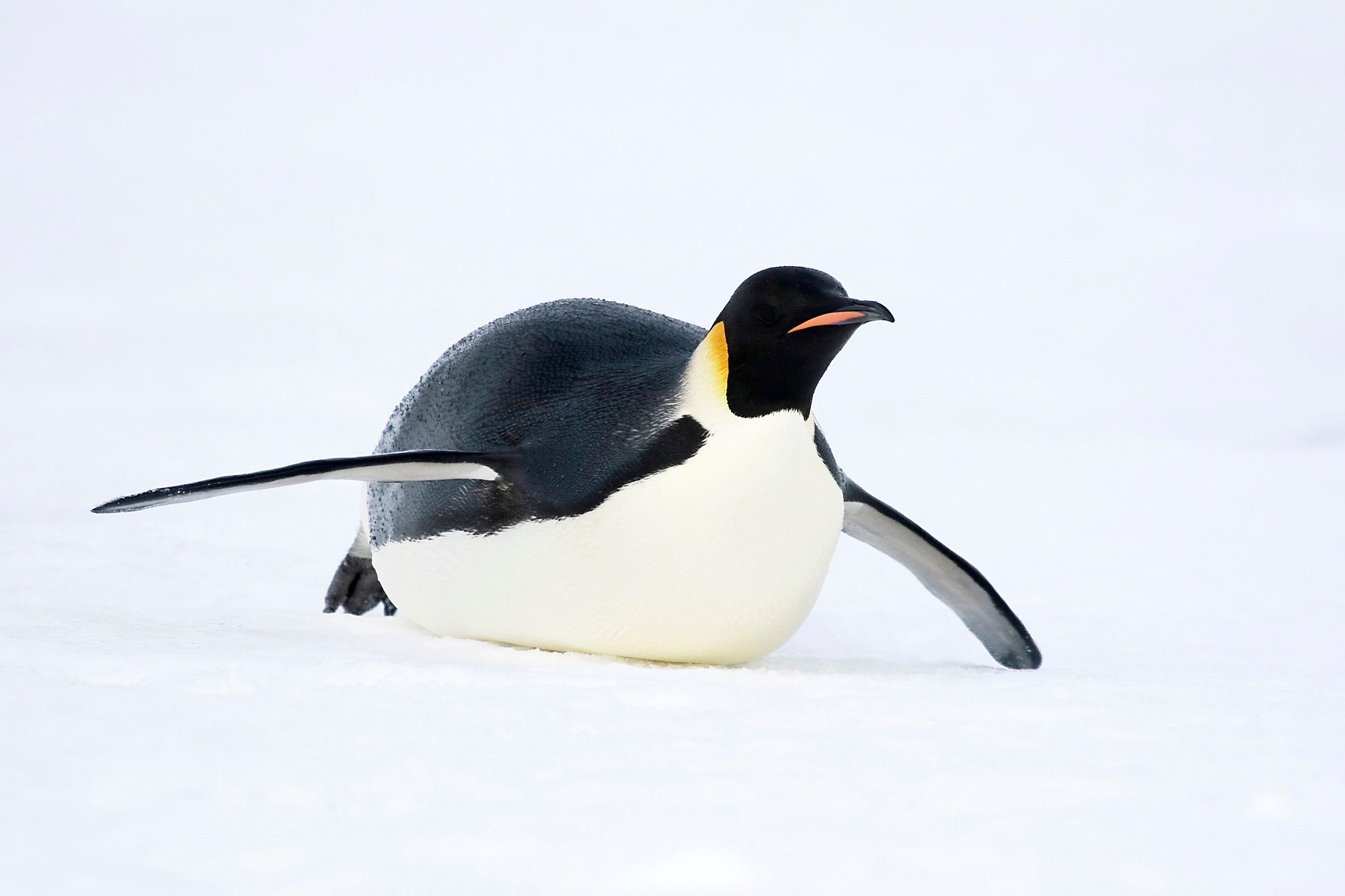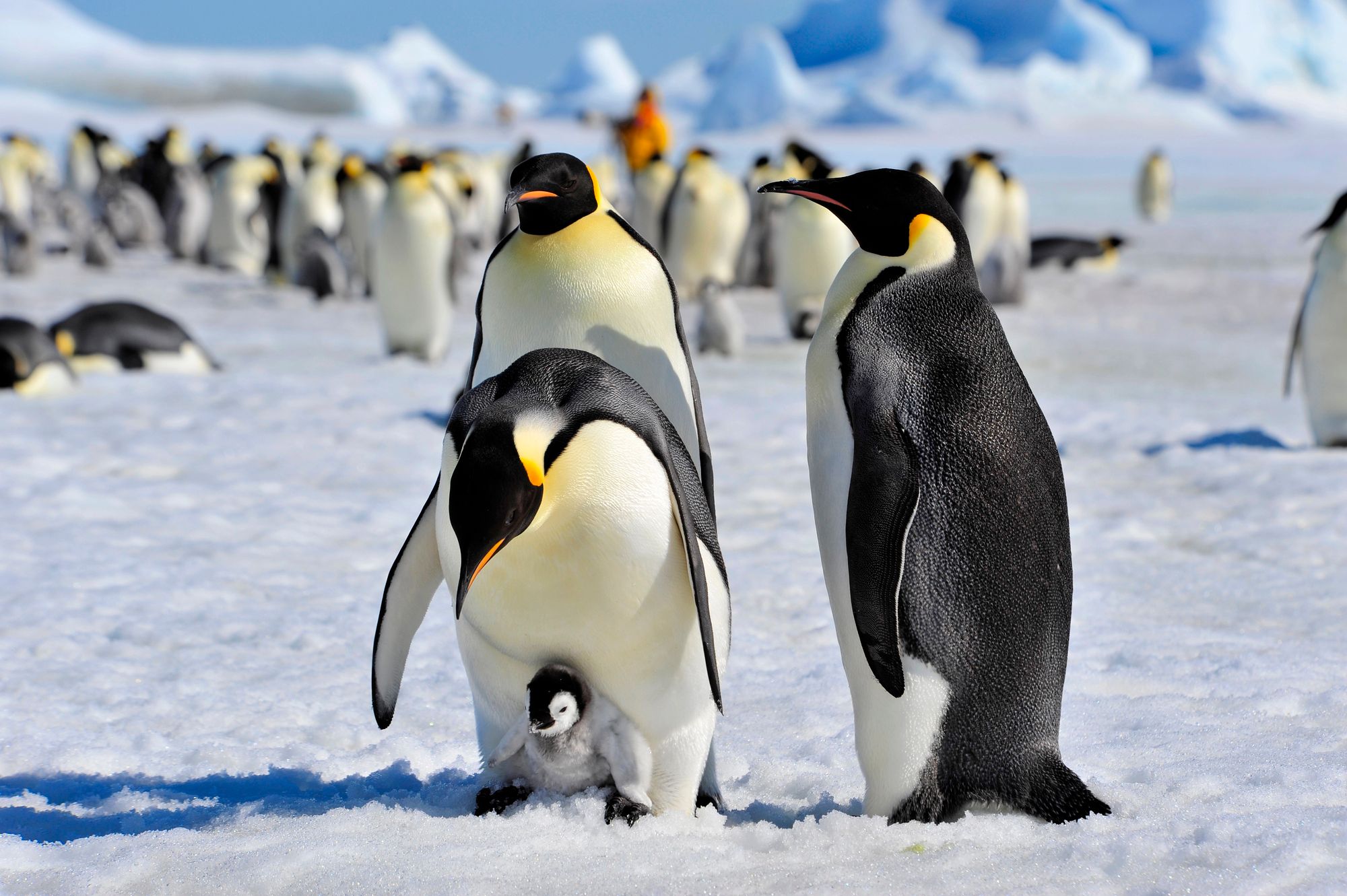Emperor Penguin From Antarctica Winds up on Australian Beach Shocking Beachgoers

- by Admin
- November 8, 2024

Beachgoers on Ocean Beach in Denmark, Western Australia, thought they were in for a day of relaxation and lazing around in the sun until they witnessed something shocking: An Emperor penguin emerged from the water and started waddling up towards them on the beach.
While you may wonder why this would be shocking to individuals gazing upon the unusual sight, what beachgoers witnessed last Friday is something that should not occur at all.
You see, Emperor Penguins are from Antarctica, more than 2,200 miles away from Ocean Beach and Western Australia. How this penguin wound up on its sandy shores with surfers and sun worshipers instead of on a blanket of icy snow, is what wildlife representatives are anxious to find out.
Related
Forty-Three Monkeys Escaped From Alpha Genesis Research Facility in South Carolina Wednesday Night
Macaque Monkeys on the Run in South Carolina: The Fugitives Have Been Evading Law Enforcement’s Capture
Like Poseidon Rising From the Sea, the Emperor Penguin’s Arrival Is a Jaw-dropping Surprise
Emperor Penguin sliding on the ice in Antarctica
The first to see the Antarctica penguin rising out of the sea like the Greek god, Poseidon, was a local surfer.
“It was massive, it was way bigger than a sea bird and we’re like, what is that thing coming out of the water? And it kind of had a tail sticking out like a duck,” Andy Fowler said in an interview. “It stood up in the waves and just waddled straight up to us, an emperor penguin, he was probably about a meter high, and he was not shy at all,” he added.
While Andy and other beachgoers stood watching the Emperor Penguin with their jaws dropped, the Antarctica wonder seemed clueless about the fact that his feet were not on ice or solid snow, as he attempted to do what all penguins do when they are in a playful mood; a belly drop.
“He tried to do like a slide on his belly, thinking it was snow, I guess, and just face-planted in the sand and stood up and shook all the sand off,” Fowler said.
Currently, the penguin is in the caring hands of a wildlife rehabilitator for the next few weeks, as when they recovered him, he appeared to be quite malnourished, per Australia’s Department of Biodiversity, Conservation and Attractions (DBCA).

Related
Cloned Black-Footed Ferret Gives Birth to Two Beautiful Kits, Marking a Major Milestone for Her Endangered Species
Thirty-Six Years Later, History Has Been Made Towards Recovering the Black-Footed Ferret Species
Emperor Penguins Are at Risk of Becoming Endangered Like so Many Wildlife Animals Are, and Climate Change Is Playing a Pivotal Role
Emperor Penguins with chick in Antarctica
These majestic creatures are grand in stature: just over 1 meter in height. Their presence on blankets of snow, and sheets of ice in Antarctica provides a striking image of monotone coloring against its white canvas. Their behavior is sometimes silly, always curious, and quite protective of their young.
So, why is an Emperor Penguin suddenly appearing on the beaches of Western Australia so far north from its home in Antarctica?
“The penguin may have followed a current north from Antarctica,” said, Belinda Cannell, a research fellow at the University of Western Australia. “What they tend to do is follow certain currents where they’re going to find lots of different types of food,” Cannell told ABC. “So maybe those currents have just tended to be a little bit further north towards Australia than they normally would.”
Thanks to global warming and climate change, the rising temperatures of the planet, and sea waters have caused ice shelves in Antarctica to melt, resulting in the Emperor Penguin not being able to form its breeding colonies along the sea ice.
In a study published in August 2023, researchers recorded for the first time in history “record low sea ice” in 2022, which “led to the catastrophic breeding failure of Emperor penguins.”
Like so many animals in the wild around the world, they too are feeling the full effects of the climate crisis; their species are at full risk of extinction within 10 to 50 years, as the earth’s temperatures continue to rise.
The Latest News
-
November 8, 2024Novak Djokovic to go ‘full throttle’ in 2025 as he reveals plan to play before Australian Open and Grand Slam aims – Eurosport
-
November 8, 2024Rauf leads rout as Pakistan level ODI series against Australia
-
November 8, 2024Emperor Penguin From Antarctica Winds up on Australian Beach Shocking Beachgoers
-
November 8, 2024Australian White supremacist sentenced to a month in prison for making Nazi salute – UPI.com
-
November 8, 2024Haris Rauf’s reality check for Aussies; English great raises pace concerns — Australia vs Pakistan Talking Points







